Richardson Log Homes LLC can help you keep your logs looking their best and protect your investment for the long term. They will have experience with the special needs of log homes and can provide a cost analysis for your project. The most common reason for rot and insect damage to log homes is due to homeowners not following the recommended maintenance instructions for their stain and finish. This is an easy problem to avoid with regular maintenance.
Staining

Stains do more than make log homes look beautiful – they provide a layer of protection for the wood. This protects it from dirt, water and chips. It also helps block UV rays that can damage the wood and cause mildew or rot. Stains are available in a wide variety of colors and finishes. They can be applied to bare wood or over an existing coat of stain, although the surface must be prepped properly for best results.
Ideally, staining should be done when the weather is clear and dry. This will allow the first coat to penetrate and adhere to the wood. After the stain dries, it should be back brushed to help it look even and prevent streaking. The next coat is then applied and allowed to dry. Repeating this process of sanding and applying stain allows you to get the most longevity from your log home stain.
It is important to inspect your cabin regularly and re-stain it every 4 to 6 years depending on your climate and exposure. If your cabin has large cracks or checks (checking is normal for old wood) these should be caulked. This will prevent rain from soaking into the wood, causing mold, mildew and/or rotting. It is also critical to look closely at the areas around doors and windows as they are more prone to leaks.
When selecting a stain for your cabin it is important to choose a product designed specifically for log and timber homes. These products are formulated with the highest quality ingredients to improve the water repellency of the wood. They will also offer the longevity needed to help protect your investment well into the future.
Staining is a time consuming project and requires careful prep work. If the surface is not prepped properly, none of the products on the market will perform as promised. The prep process starts by washing the logs or wood to remove any dirt, dust or debris that may be present. This is followed by sanding the logs or wood with a random orbit sander to smooth the surface and prepare it for re-staining.
Chinking
One of the most important things you can do for your log home is chinking. Chinking is the seal that prevents moisture, wind and insects from entering your home. It also keeps your logs from rot. It is not only functional but it adds to the character of your cabin. There are many different types of chinking on the market today but the best type for your log home is Triple Stretch. This chinking is available in a wide variety of mortar colors to match your logs or create a contrast that highlights the uniqueness of your log home.
Chinking is done in a similar way as caulking but there are a few differences. First, you will need to clean the logs. This can be a very tedious task but it is necessary to ensure that your chinking adheres properly. It is best to do this in the spring when your logs are clean and dry.
Next, you will need to use a backer rod or make your own. This is a rod that is inserted into the lower logs to create a barrier. It helps keep the chinking from sticking to the lower logs and allows it to adhere to the top. It is best to do this with galvanized nails and to nail it in every 2-3 inches.
Once you have completed the backer rod you will need to install your chinking. There are a few different methods to do this and none are better than the others, it just depends on your comfort level. Regardless of which method you choose to use, make sure that the chinking is installed evenly. You want to make sure that it is completely filled and no gaps are left.
While chinking isn’t as easy as staining your log home it is an important step that can be accomplished by most people. However, if you are uncomfortable with this type of work or do not have the proper equipment it may be best to hire a professional. They will have the tools and experience to complete this important task in a timely manner and with excellent results.
Waterproofing
One of the most overlooked steps in the log home restoration process is waterproofing. This step protects the logs from moisture infiltration that can cause rot, mold and mildew. It also helps prevent UV breakdown of the wood, protecting it from the sun’s harmful rays. This step is a must for all log homes, but is particularly important in areas of the home where moisture can enter, such as gable dormers and chimneys.
Moisture is a log home’s biggest enemy. Log cabins are very porous and without proper protection, moisture can wreak havoc in many ways including:
Waterproofing the entire exterior of a log home is the best way to prevent moisture from penetrating the interior of a log cabin. This can be accomplished through various methods, but is most commonly achieved through chinking and caulking.
Proper waterproofing should be done by an expert, and should include all areas of the home, especially the underside of logs where moisture can easily accumulate. It is also important to make sure that all roof areas are properly flashed. In addition, gutters should be installed to direct rain away from the walls of the cabin.
Any staining or chinking should always be followed by a preservative that penetrates into the wood and makes it toxic to most wood-destroying insects. Some of the best preservatives for log homes are borates. They are very effective and relatively inexpensive. They are very useful for log homes in areas that have a lot of precipitation and humidity.
When a log home is restained and resealed, the new finish should be treated with a preservative that will protect it from mold and mildew, as well as insect damage. This should be applied in a timely fashion, as it is very difficult to remove fungus and insect infestation once they have penetrated into the wood.
It is also a good idea to apply an additional preservative to any area of the home that has bare wood showing. It is important to choose a preservative that takes a stain well, such as the Outlast Q8 Log Oil or Energy Seal.
Siding
If you’re going to hire someone to do the work on your log home, be sure they’re experienced and qualified. Look for references and photos of previous work they’ve done on log homes. They should also be able to explain the process and answer any questions you might have. If they can’t, move on to another company.
Log home builders have a passion for these unique one-of-a-kind homes and have dedicated themselves to mastering the techniques involved in building and restoring them. They’re often able to provide you with a detailed proposal that includes an estimate of the cost of each task and an overall estimate of the project completion date.
Using premium products, a skilled contractor can restore your log home to its original beauty and protect it against moisture damage. This can increase the life expectancy of your home by up to 300%.
To apply a stain or clear coat, the contractor will use hand or airless sprayers to ensure even coverage and smooth application. They will be sure the weather is dry before applying and will work in sections that can be quickly cleaned or rinsed. They may also chink and caulk in between the logs and trim as needed.
Wood siding is prone to many kinds of damage. Wind, rain, insects, and sun can all take a toll on it over time, making the logs loosen and warp. To keep your log home looking its best, it’s important to understand the different types of damage and know how to spot them.
Some signs of a problem with your logs are mold or mildew growth, blown in dirt and dust, and even deterioration of the wood. When a problem occurs, it’s essential to act quickly in order to prevent further damage and to save the rest of the home.
Some log home owners decide to do the work themselves rather than hiring a professional. While this may seem like a cheaper option, it’s often not worth the effort in the long run. Without the proper tools and knowledge, they’re likely to damage the logs, causing them to lose their structural integrity and value.
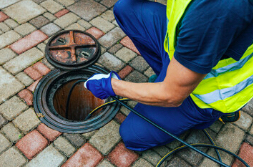
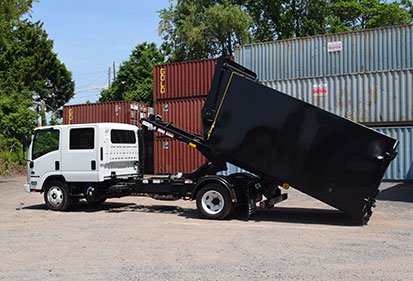

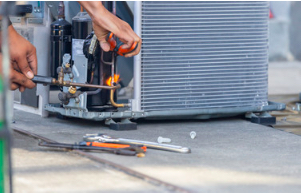






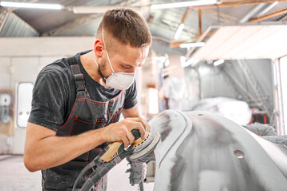

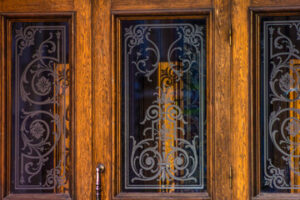

 Having a home inspected is vital before putting it on the market, whether you are selling an existing property or building a new one. While some problems are cosmetic, others may indicate severe structural damage and need to be fixed in order for the house to be safe for inhabitants.
Having a home inspected is vital before putting it on the market, whether you are selling an existing property or building a new one. While some problems are cosmetic, others may indicate severe structural damage and need to be fixed in order for the house to be safe for inhabitants.